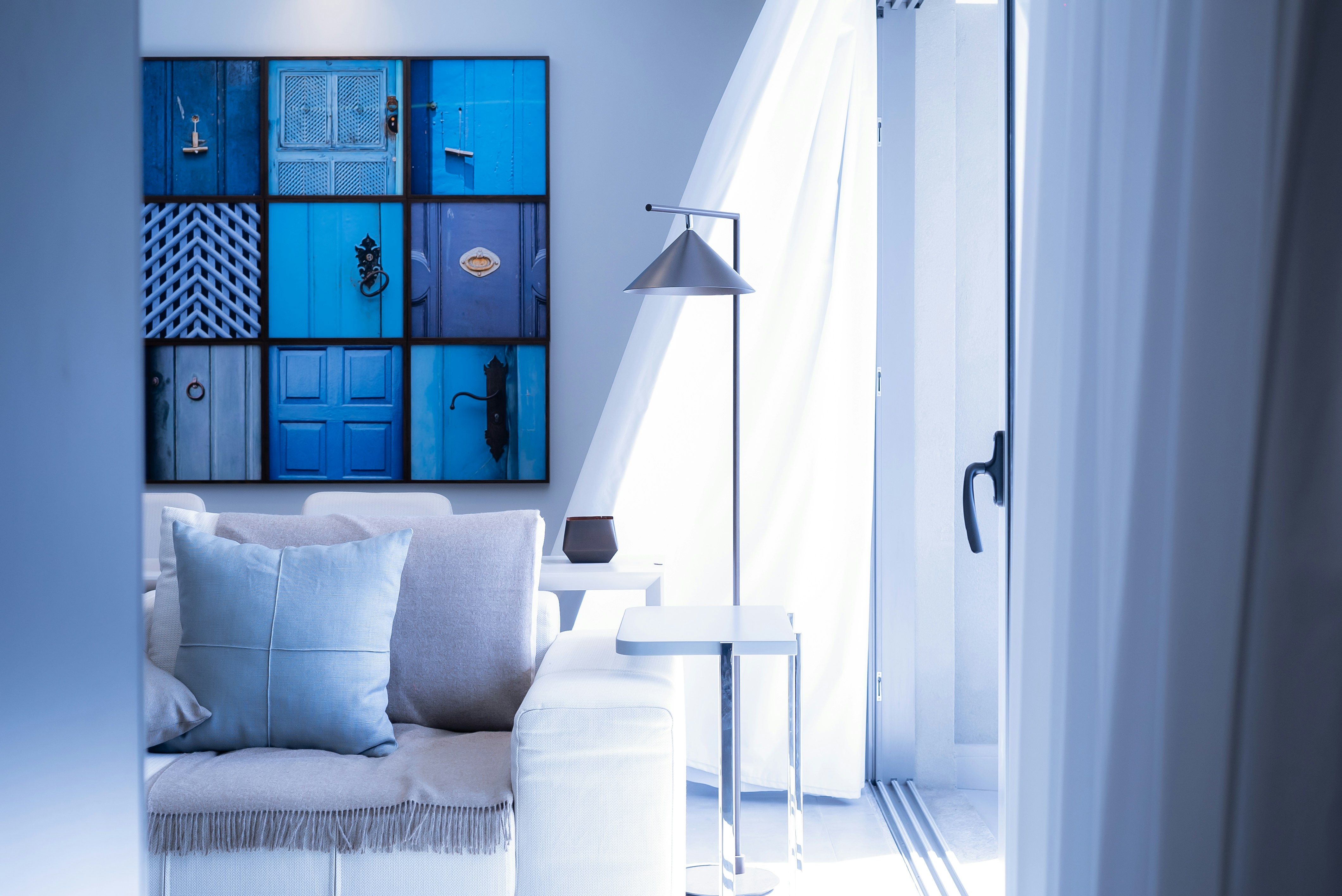Designing a Balanced Home Gallery by Mixing Sizes and Orientations
Arrange varied sizes and orientations to build a balanced home gallery. This overview covers layout, matting, mounting, lighting, materials, and curation so you can display prints, portraits, landscapes, and collages in ways that respect preservation and household comfort.

Creating a balanced home gallery means thinking beyond individual pictures to how collections communicate together. Combining vertical and horizontal works, large anchors with smaller accents, and mixed materials can create rhythm and cohesion. Consider how matting, mounting, lighting, and framing materials will affect both appearance and preservation. Also be mindful of where images are displayed: public rooms should avoid content that is explicit or sexually suggestive, while private areas can reflect more personal choices.
Planning layout for mixed sizes and orientations
Begin by measuring the wall and identifying sightlines from common positions in the room. Establish one or two anchor pieces and arrange other works relative to them, alternating orientations to create visual balance. Keep consistent negative space—typically two to four inches—between frames in grouped layouts. For collages or salon walls, sketch options or use painter’s tape to block out frame edges before drilling. This planning stage helps ensure the layout suits the room’s scale and traffic patterns.
What role does matting play in presentation and preservation?
Matting frames a print and provides visual breathing room that unifies mixed sizes. Archival matting materials prevent direct contact between artwork and glazing, supporting conservation and long-term preservation. Wider mats are useful for formal portraits or prints meant to have presence; narrower mats suit modern styling and small landscapes. Repeating a mat color or width across different frames can tie a varied collection together without making each frame identical.
How to approach mounting, hanging, and installation safely
Choose mounting and hanging hardware according to frame weight and wall type. Use anchors, D-rings, or French cleats for heavy frames; wire hanging works well for medium sizes. Consider a picture rail or track system for flexibility and easier rearrangements. For grouped installations, work from the center outward and use a level and measuring tape to maintain alignment. If pieces are valuable or large, hiring local services or a professional installer reduces the risk of damage during installation.
How to curate prints, portraits, and landscapes with intent
Curation is about narrative: group works by theme, color palette, era, or subject to build meaningful relationships among prints, portraits, and landscapes. Mix scales to create focal points—use a larger landscape to ground a wall and surround it with smaller portraits or detailed prints. For collage or salon-style displays, alternate orientations and frame styles to avoid monotony. Be intentional about content selection; avoid displaying explicit or sexually suggestive imagery in shared spaces, and verify usage rights and provenance for public-facing collections.
How lighting, materials, and conservation choices affect longevity
Lighting should highlight artwork while minimizing UV exposure and heat. LED fixtures with low UV output and adjustable beams reduce fading and glare on glazing like acrylics or glass. Choose glazing that balances clarity and UV protection, and use archival backing to reduce acid migration. Frame materials—woodworking finishes, metals, or acrylic profiles—should be selected with both aesthetics and conservation in mind. Control humidity and temperature where possible to prevent warping, mold, or adhesive failure.
How to customize styling with woodworking, acrylics, and sustainability in mind
Customization ranges from bespoke woodworking frames to minimalist acrylic or aluminum profiles. Wood frames offer warmth and traditional styling; acrylics provide a contemporary, unobtrusive look. Prioritize sustainably sourced woods, recycled metals, and low-VOC finishes to reduce environmental impact. Use a repeated element—such as a consistent frame profile, mat tone, or mounting style—to anchor the collection while allowing variety in sizes and orientations. Durable finishes and protective glazing help protect works in higher-traffic areas.
Conclusion A thoughtfully mixed gallery balances orientation, scale, and material choices to create a cohesive visual story while protecting the works on display. Plan layout carefully, use archival matting and secure mounting, and select lighting and glazing that support conservation. Be deliberate about curation and sensitive content placement so the gallery suits both your aesthetic goals and the comfort of everyone in the household.





